The impact of human activity has been changing the volume and proportion of greenhouse gases in the atmosphere. This process started at the beginning of the Industrial Revolution and since then, the CO2 in the atmosphere has increased by about 20 per cent.
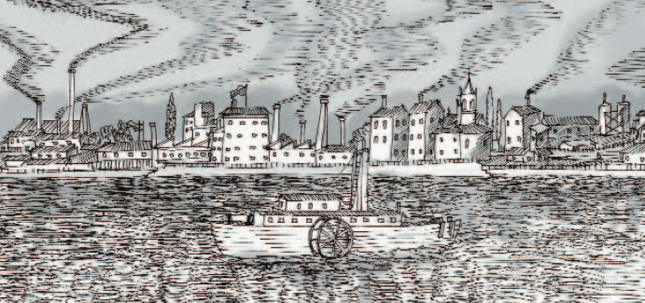

Since the beginning of industrialization, a large quantity of CO2 has been released into the atmosphere through the carbon, oil and gas burning.At the beginning of the Industrial Revolution in the late 1700s, the quantity of CO2 started to increase, getting up the highest levels during the last 50 years.

A very efficient technique to get these data consists of analysing the content of this gas from the ice cores, dug out at about two kilometres deep.
These bubbles can help scientists study the presence of carbon dioxide and therefore estimate the atmospheric levels of carbon dioxide dating back 160 000 years.
These bubbles can also help measure the oxygen isotope concentrations trapped and their deviation from the atmospheric values in order to know their changing rate. Since this depends on the temperature, estimates can be made on the surface temperature in the Antarctica when the ice was formed
At the same time as the use of fossil fuels in industrial processes increased, wide forest surfaces were cut down or burnt in order to get new areas for agriculture and livestock.
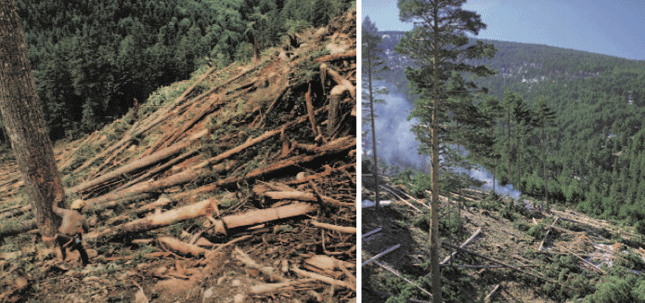
Fossil fuel burning is, at large, the main cause of the increasing carbon dioxide concentrations in the atmosphere. The graphic below shows fossil fuel emissions over the time. It shows that carbon dioxide emissions increased slowly from 1860 until mid-20th century. From the 40-50`s this curve increased sharply up to the present levels, overcoming more than six times those in 1860.

Before the Industrial Revolution, it was mainly wood what was burnt. But with the economic and demographic development forests have been disappearing in Europe. The Industrial Revolution produced a lot of inventions associated to carbon, formed by fossil vegetal remains that lived in marshes, particularly in the Carbonipherous period. Some of these inventions are remarkable due to their mobility, particularly the locomotives and the steamers that carried the material demanded by the heavy industry. All this transport activity and industry linked to carbon caused the towns to be full of smoke coming out from the industries.
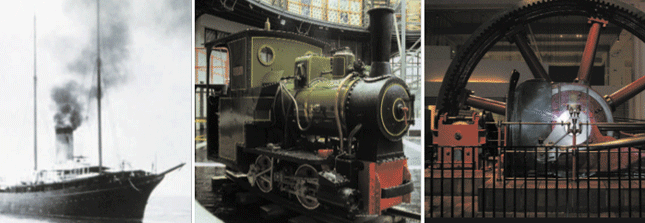

The analysis of the type of fossil fuels contributing to such a development shows that the use of carbon has increased constantly over the last 100 years. At the beginning of the 20th century, industries started to adapt themselves to oil and natural gas since they were more comfortable and easier to use, and less pollutant. Nowadays their use has increased significantly. Nevertheless, due to the higher costs and the fear that oil becomes limited in the future, this trend seems to change, and now carbon is more and more used in order to produce electricity.
The use of oil and natural gas instead of carbon started in the United States after being discovered in Pennsylvania in 1959. The interest in sea drillings were relaunched a decade after the Arab oil seizure in 1973. Nowadays, by about 20 percent of the world production is oil and about 5 percent is natural gas. The oil extraction in oil platforms and its transport by sea in oil tankers is linked to a high risk of accidents that give rise to serious oil spills. This produces even worse environmental consequences derived from the use of these fuels.
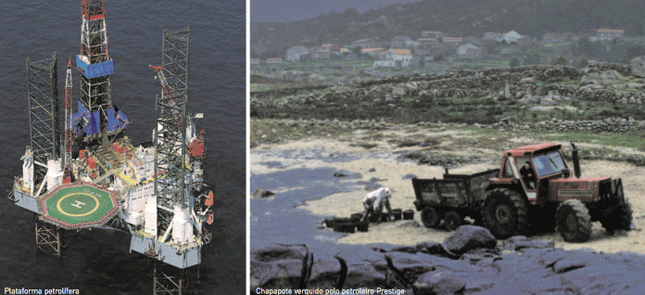
Although the use of this sort of fuels is increasing and this trend will probably be maintained in the future, these resources are non-renewable due to their formation process. Oil comes from organic matter as well as carbon, which provides with the carbon chains formed in the photosynthesis process when those organisms lived.
This organic matter that produced oil derives from the microscopic organisms that lived at the beginning on surface waters developing the plankton. Once these first organisms died, their remains settled and piled up among the sediments on the depths where there was hardly oxygen making, then, their decomposition very difficult.

Plankton comes to the surface giving a pale green colour to North Atlantic waters on the surroundings of the French coast (on the right) and England (on the left)
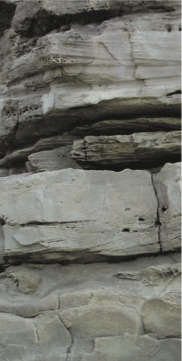 After being buried in a sedimentary basin, the organic matter gets very hot under a high pressure changing its chemical composition so that the organic matter becomes hydrocarbons.
After being buried in a sedimentary basin, the organic matter gets very hot under a high pressure changing its chemical composition so that the organic matter becomes hydrocarbons.
In order to get oil out, it has to migrate through a porous sedimentary rock, such as granulated stones, which act as a sponge containing the oil. In the course of the migration process through this rock, the oil hits on geological structures such as folds, faults or salt domes that retain it. It is possible to dig it out by only drilling these wells, where it is retained by those traps, since its pressure and density makes it climb more easily. Natural gas comes out earlier since it is lighter and therefore it is placed on the top of the oil wells.

The use of these three types of fossil fuels made the carbon retained in sinks move around and this unbalanced the carbon cycle. This carbon dioxide rise in the atmosphere derived from the fossil carbon should be compensated in the photosynthesis of plants that act as immediate sinks and the carbonate precipitation in oceans and slow formation of new fossil fuels that will restore the balanced functioning of the cycle.
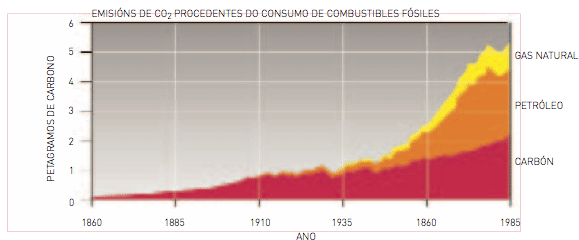
Fossil fuels represent the surface carbon that remained permanently stored under the earth, where natural processes cannot release it again into the atmosphere. The human activity of drilling it out impacts on the drilling out transport and transformation, and it also lets the carbon stored and isolated from the cycle out into the atmosphere.
Oil opened amazing possibilities for us to move around with the invention of internal-combustion engines. The use of public transport together with heating and electric power at home is a daily activity in which you can make your personal contribution to reduce the fossil fuel consumption. Among the means of transport, air transport is the most remarkable due to its constant increase and the fuel it consumes during its travelling.


The increasing carbon dioxide in the air as a consequence of deforestation is also extremely important, since the photosynthesis average of a tree absorbs a high quantity of this gas. If trees are eliminated and non-wood trees are sowed instead, the C absorption can be reduced due to a much slower development and a shorter life of sowing plants in contrast to trees.
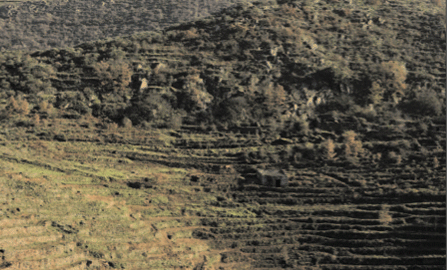
In Galicia a lot of fields have been left uncultivated for the last 20 years. This process was followed by forestation, the piling up of fuel and the increase of shrub on soils, which not very long time ago were fertilized for agriculture.
The increase of shrub and forests in dry summers become ecosystems where forest fires can take place. Although the vegetation-fire relationship is complex, it becomes more and more evident that most forest fires are caused by human actions like negligence or accident, or are even provoked deliberately.

Fire extremely disturbs vegetation and landscape: it lets animal and vegetal species out, creates open spaces, and changes the habitat structure and the food availability for fauna. It also produces nutrient loss and erosion on slopes. Carbon dioxide emissions are high due to the burning of wood, vegetation and the organic matter from the soil that becomes a temporary CO2 source instead of an important sink.
Forest fires jeopardize the soil’s future because they remove the organic matter from it. This fact added to the loss of vegetal cover can reduce the water filtration into the soil and increase the surface runoff, giving rise to soil erosion.

From a socio-economic point of view, forest fires risk human lives and lands, reduce income derived from wood in the long term and change drastically beautiful landscapes.

Concrete factories are another source of CO2 emission into the atmosphere. The carbon material used to make concrete releases significant quantities of carbon dioxide during the transformation process until the final product is obtained. This product is becoming more relevant in sustainable development, since from mid-20th century its use has become more and more usual for building roads, bridges, buildings, electricity industries and factories. Nowadays it is extremely relevant in developing countries like China and India, with the subsequent risks for environment and therefore for climate change.
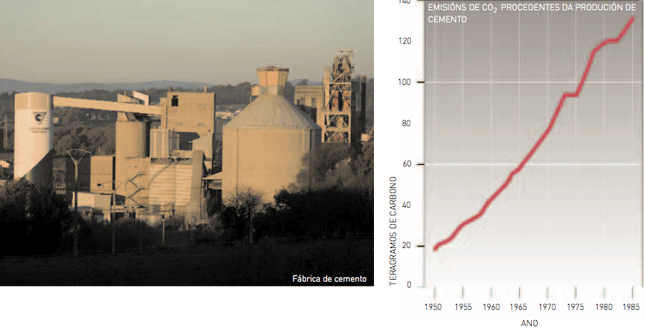











 After being buried in a sedimentary basin, the organic matter gets very hot under a high pressure changing its chemical composition so that the organic matter becomes hydrocarbons.
After being buried in a sedimentary basin, the organic matter gets very hot under a high pressure changing its chemical composition so that the organic matter becomes hydrocarbons.








